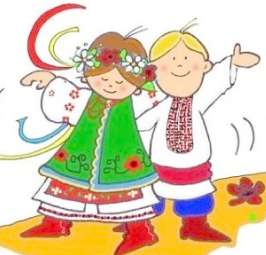EARLY DAYS - MUSIC and ENTERTAINMENT
|
European immigrants brought their musical instruments with them when they came to this country. Each immigrant group had folk songs and dances.
The violin (fiddle) was one of the most popular instruments because it was small and lightweight. A fiddler supplied the music for many gatherings where people could enjoy singing and dancing. Other instuments that were brought by immigrants included the harmonica, button accordion, guitar, banjo, mandolin, plus brass and woodwind instruments. |
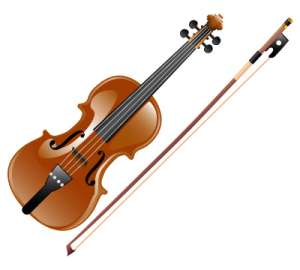
violin (fiddle) The French Canadians, Scottish, Métis and English Canadians had different styles of fiddling. Immigrants from Poland, Ukraine, Romania, Hungary and other areas of Europe had their own fiddling styles. |
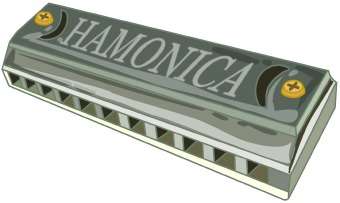
harmonica The first harmonicas were produced in Germany. The harmonica became popular because of its size, cost and availability. It was perfect while travelling because it fit in a pocket. |
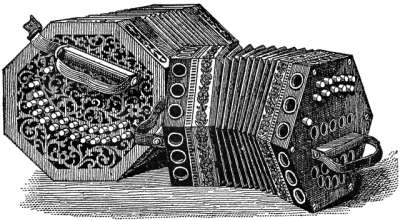
concertina Concertinas were produced in England and Germany. Immigrants from England, Germany and Italy brought the instrument with them. The concertina was played for folk dances and songs. |
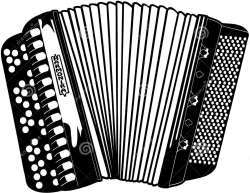
button accordion The accordion was popular with the German, Polish and Czech immigrants for playing waltzes and polkas. |
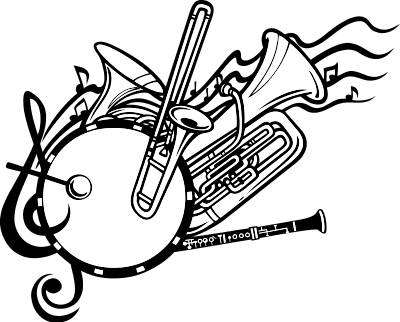
|
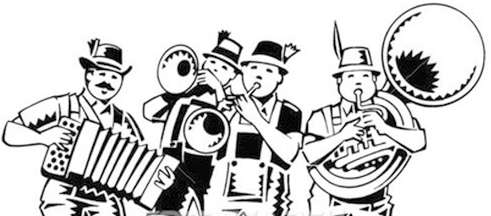
German bands also had concertinas or button accordions for playing dance music (the polka, schottische and waltz). |
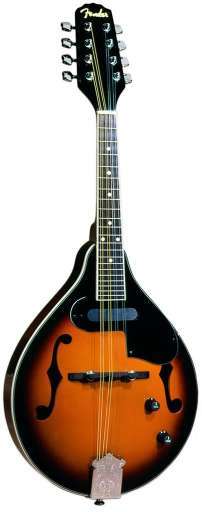
mandolin The mandolin was popular with Italian immigrants. Mandolins and similar string instruments were brought by immigrants from many countries. The instruments were used for traditional folk and classical music. |
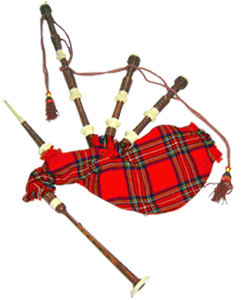
bagpipes When immigrants from Scotland came to this country, they brought many of their traditions with them. One of these was the bagpipe. Pipers played at weddings, dances and funerals. |
